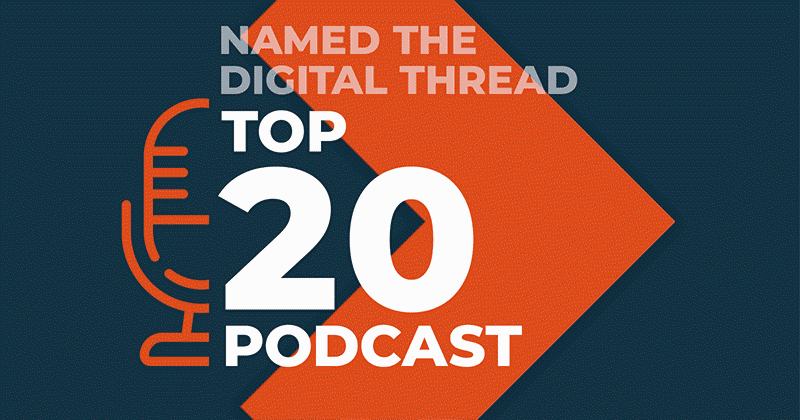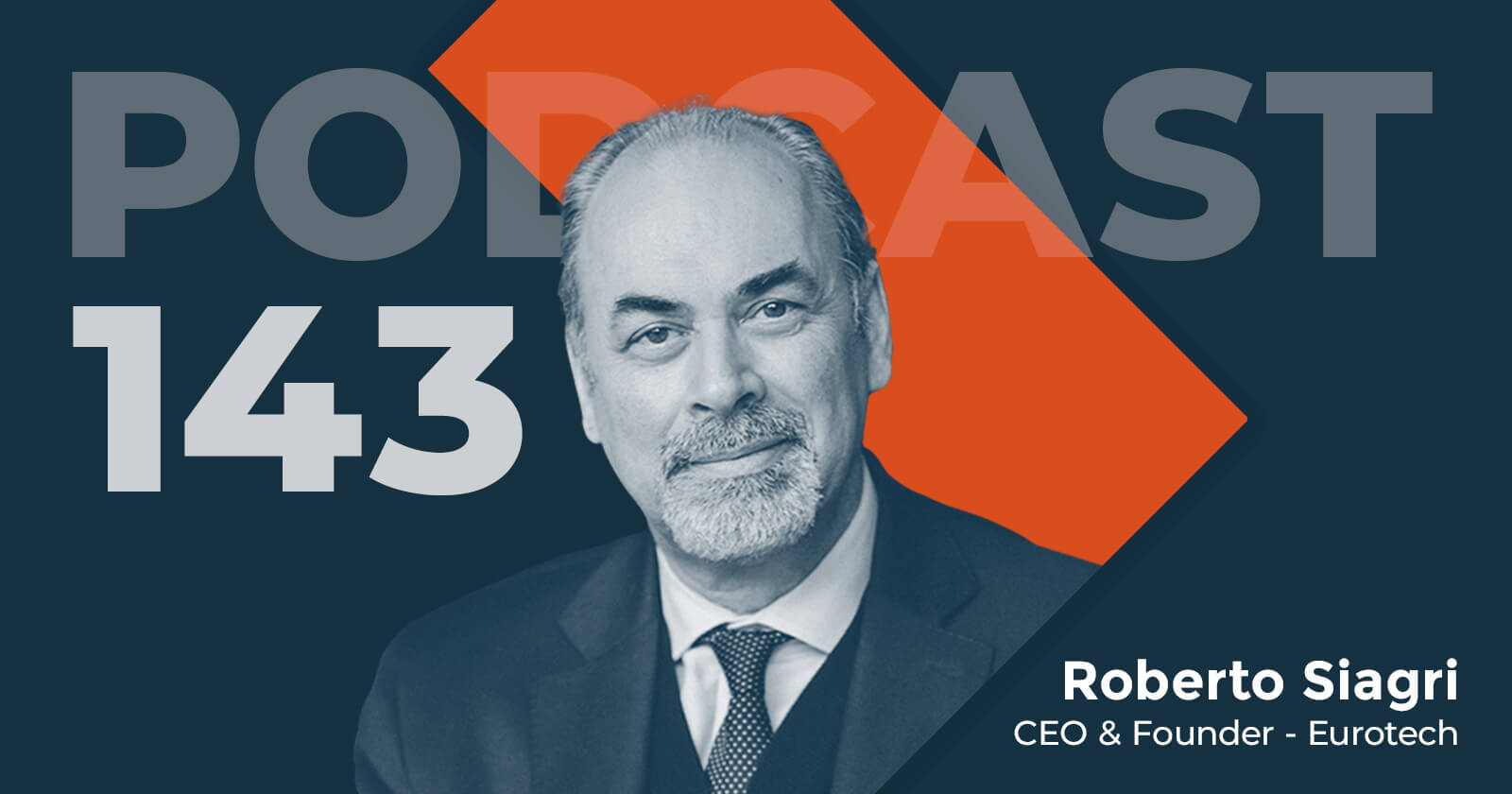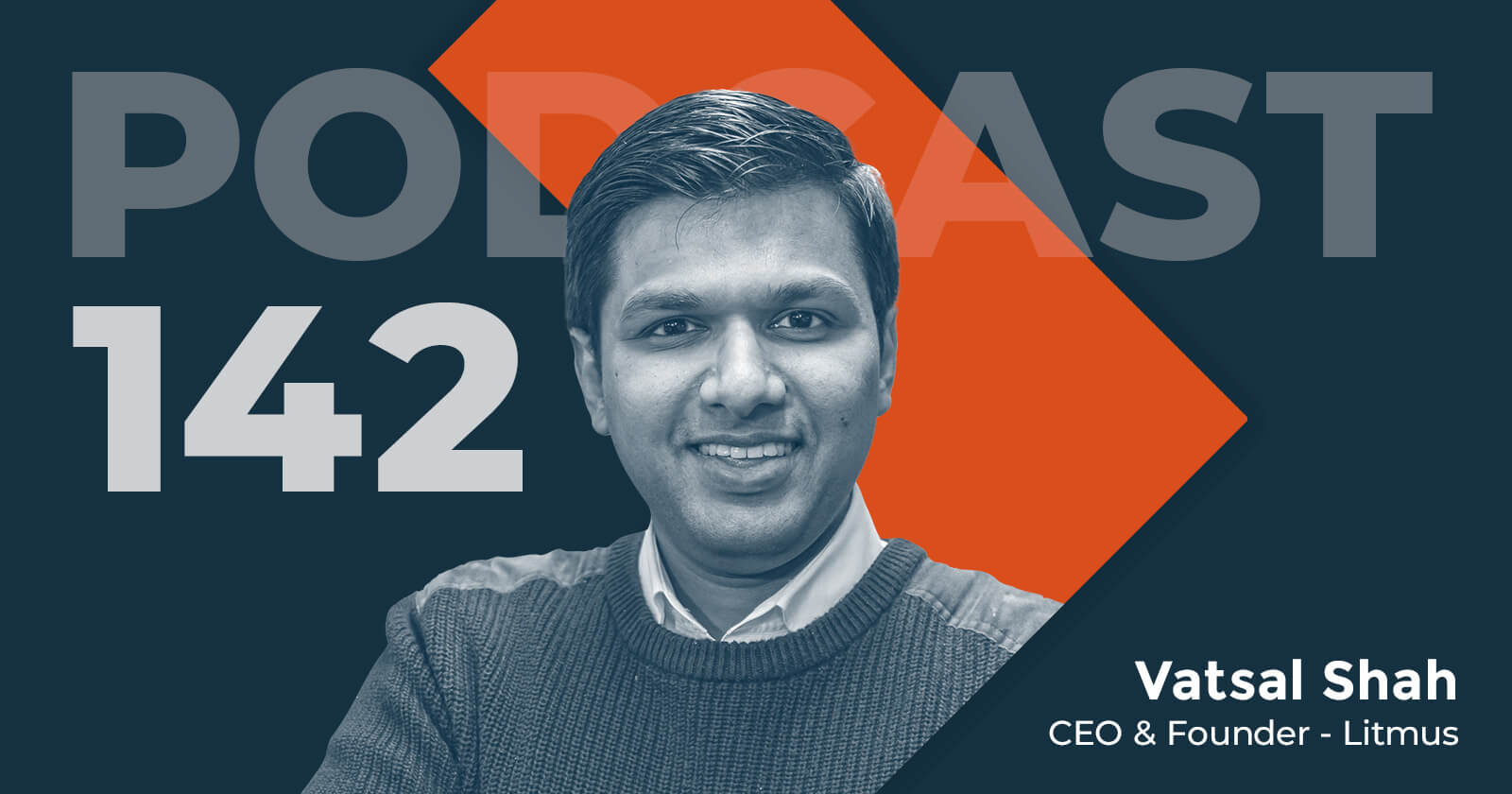Value Vector
Why the Edge is Killing the Cloud
Ken Forster

As industries look to the edge, need for cost-effective, real-time data analytics has never been greater.
Computing paradigms are cyclical in nature. Over the last few decades, we’ve experienced several cycles alternating between centralization and decentralization, from mainframes and minicomputers to client server and multi-tier architecture, back to a more centralized cloud-first architecture. With the explosion of Internet-connected devices that help us make sense of our world through data collection and analytics, we’re seeing a distributed model emerge with the rise of edge and mobile edge computing. Edge computing platforms operate closer to the network edge, and closer to things and data sources, integrating the capabilities of networks, storage, and applications. A report by IDC in 2015 predicted that by 2019, 45% of IoT created data will be stored, processed, analyzed and acted upon close to, or at the edge of the network.
Intensive and growing industry interest in the Edge
There’s growing momentum around edge computing. In November 2016, the Edge Computing Consortium (ECC) was launched by organizations including Huawei, Shenyang Institute of Automation (SIA) of Chinese Academy of Sciences, China Academy of Information and Communications Technology (CAICT), Intel, ARM, and iSoftStone. The Linux Foundation in April 2017 announced the launch of EdgeX Foundry, an open source project to build a common open framework for IoT edge computing and ecosystem of inter-operable components that unifies the marketplace and accelerates enterprise and Industrial IoT. The initiatives are aligned around a common goal: simplification and standardization of industrial IoT edge computing, while still allowing the ecosystem to add significant value. Later last year, the Industrial Internet Consortium (IIC) established the Edge Computing TG to also define a reference architecture for edge computing, while AT&T detailed plans for an edge computing test zone in Silicon Valley to enable developers to trial next-generation use cases such as connected cars and VR.
Convergence fuels the growth of edge computing
The convergence of IoT, machine learning and data analytics drives the growth of edge computing, with increasingly cheaper processors and sensors powering an influx of connected and ubiquitous IoT devices. With this influx comes a tidal wave of data. Machine learning and data analytics help to transform IoT data into intelligent, actionable insights, but in many instances insights needs to be rendered and delivered in real time. Processing data at the edge of a device or network reduces the latency challenges of cloud computing, essential in real time data processing.
Edge computing is a key component of sensor-rich, mobile use cases such as autonomous vehicles - which are embedded with sensors, cameras, accelerometers, LiDAR, depth sensors, entertainment systems and other connected devices. Each of these devices within the car generates its own data analytics- according to Intel CEO Brian Krzanich, just one autonomous vehicle churns out 4,000 GB of data per data if driven for a mere hour- an astronomical figure when compared to an average person’s video, chat and other internet use, which Krzanich estimates at around 650 MB per day and doubling to 1.5 GB per day by 2020. For each device within an autonomous vehicle-whether lighting, spatial mapping, or steering - it’s crucial that relevant data is delivered in real time. An autonomous vehicle can’t wait for data to move to the cloud and back to identify an obstruction on the road, for example. Cars needs real-time data processing; the inherent latency of cloud computing just does not cut it.
With this massive data generation, edge data processing can also be more cost effective than cloud computing due to bandwidth costs. For many IoT deployments, the bandwidth required to transmit data from edge devices to the cloud and back is cost-prohibitive for many sectors. Low-cost edge gateways can maintain computing and data storage at the edge while hosting local and task-specific actions that analyze edge data in near real time. As a result., far less data needs to be transmitted back to the core where enterprise-level applications reside, saving on bandwidth requirements.
Want to learn more about edge computing? JOIN OUR WEBINAR
Please join Momenta Partners for an engaging webinar that takes an in-depth look at the move away from the cloud towards edge computing.
In our upcoming webinar, Ed Maguire and Jim Fletcher will join Vatsal Shah, Co-founder and CEO, Litmus Automation; Paul Anderson, recently VP Device Intelligence & Edge, Schneider Electric and Jon Sobel, CEO and co-founder of Sight Machine to take a deeper look at edge computing and how it pertains to the Industrial Internet of Things.
The webinar will cover
- The current state of fog and intelligent edge computing
- What are the benefits/risks of moving away from the cloud?
- What does this mean for cloud computing, data infrastructure and data analytics?
- What are the best use cases of edge computing and what are its limitations?
- Forecasts on future applications
- And much more....



